Where Uranium Potential Runs Wild
Southwestern Athabasca Basin | 61,215 ha | Includes both 100% Stallion Uranium and Atha Energy JV Claims.
Overview
The Moonlite Uranium Project is a premier exploration initiative located in the uranium-rich southwestern Athabasca Basin. Covering approximately 61,215 hectares, it includes both 100%-owned claims by Stallion Uranium and joint venture claims with Atha Energy, making it the largest land package in the Southwest Athabasca Basin. The project is strategically positioned in a region known for some of the world's most significant uranium discoveries.
Stallion Uranium has utilized advanced geophysical techniques, including a VTEM™ Plus airborne survey and a MobileMT survey, to systematically evaluate the property. These surveys have identified five Tier 1 targets, which are now advancing toward drill testing. The exploration strategy is focused on identifying basement-hosted and unconformity-hosted uranium deposits, a model consistent with major discoveries like NexGen Energy's Arrow deposit.
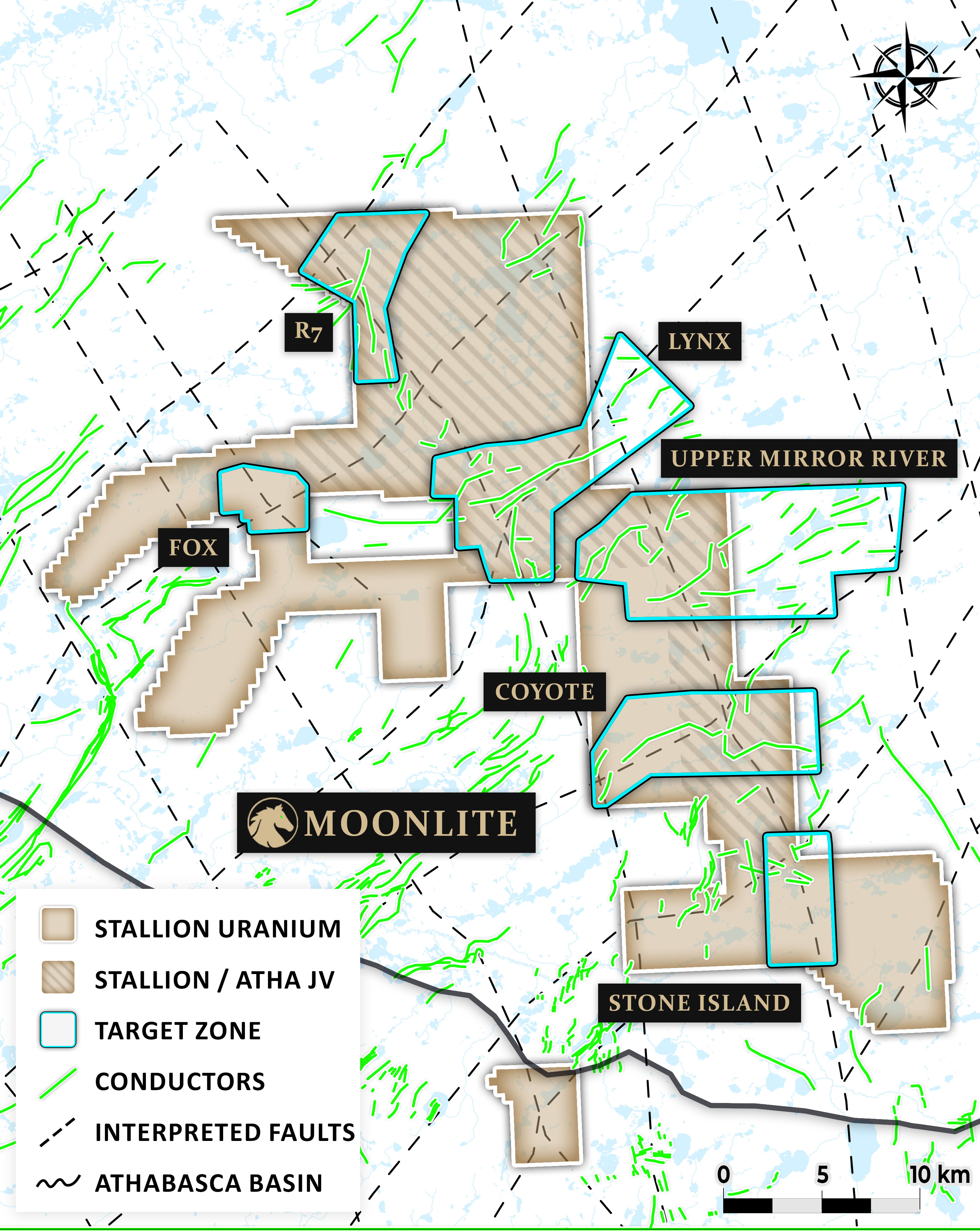
Figure 1 - Moonlite Project
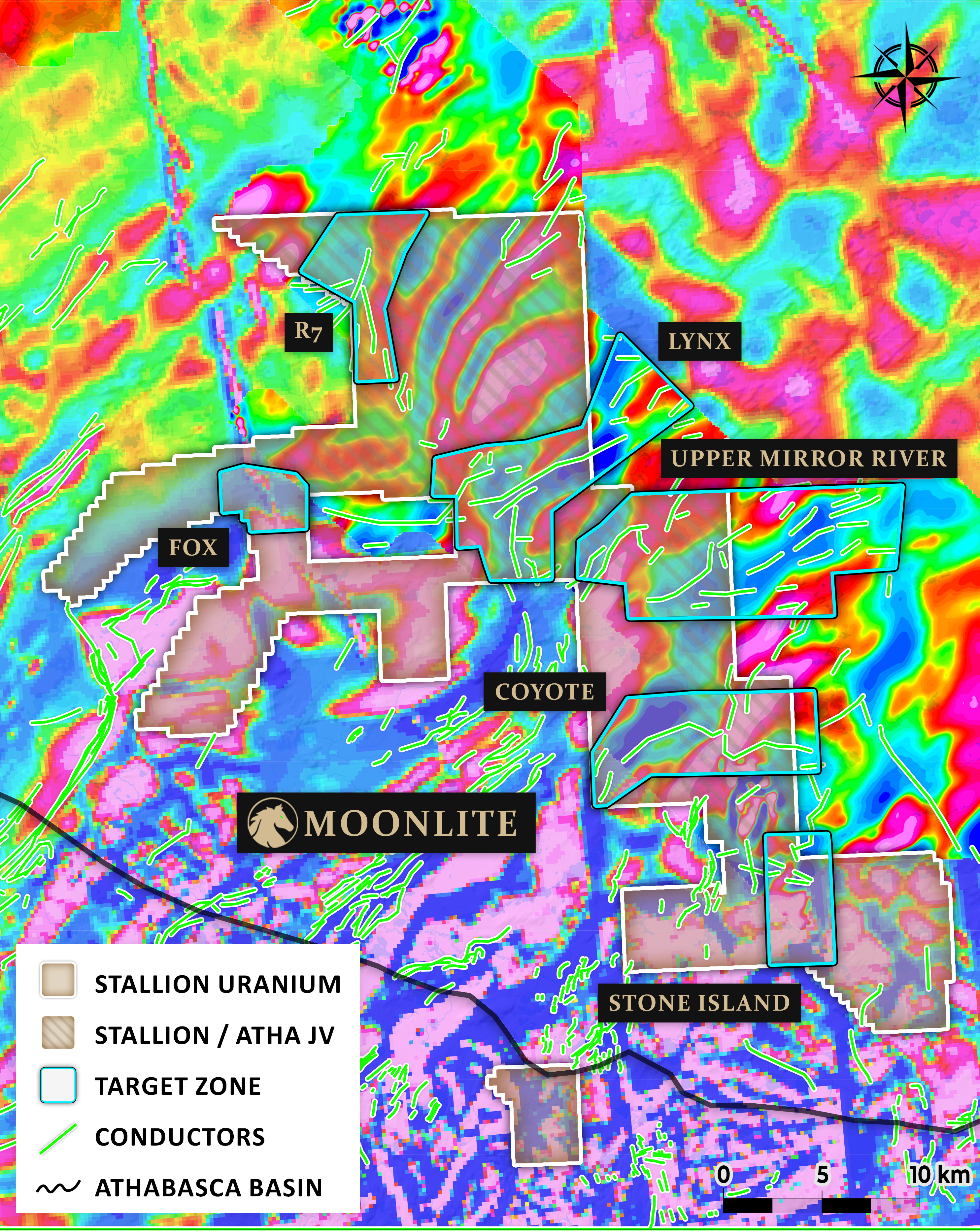
Figure 2 - Moonlite Project - Magnetic First Vertical Derivative
Target Areas
Coyote Target
The Coyote Target was first recognized in the 2023 VTEM™ Plus survey and has since been strengthened by newly released MobileMT electromagnetic and ground gravity data. The updated results reveal a robust geophysical signature: east–west trending EM conductors intersected by multiple interpreted faults, directly overlying a broad gravity low anomaly—a classic indicator of uranium-rich alteration systems in the Athabasca Basin.
Sandstone cover is interpreted to be less than 450 metres, making Coyote a shallow and accessible exploration target. The gravity low is comparable in scale and intensity to those associated with NexGen Energy’s Arrow Deposit—one of the Basin’s largest uranium discoveries—further elevating the discovery potential. Historic drilling just 16 km south of Coyote intersected uranium mineralization of 255 ppm and 127 ppm U₃O₈, demonstrating a fertile regional system.
With the integration of the latest EM and gravity data, Coyote is now one of the most advanced and highly prospective targets in our portfolio. A maiden drill program is planned for Q1 2026 to test these compelling targets and advance the project toward discovery.
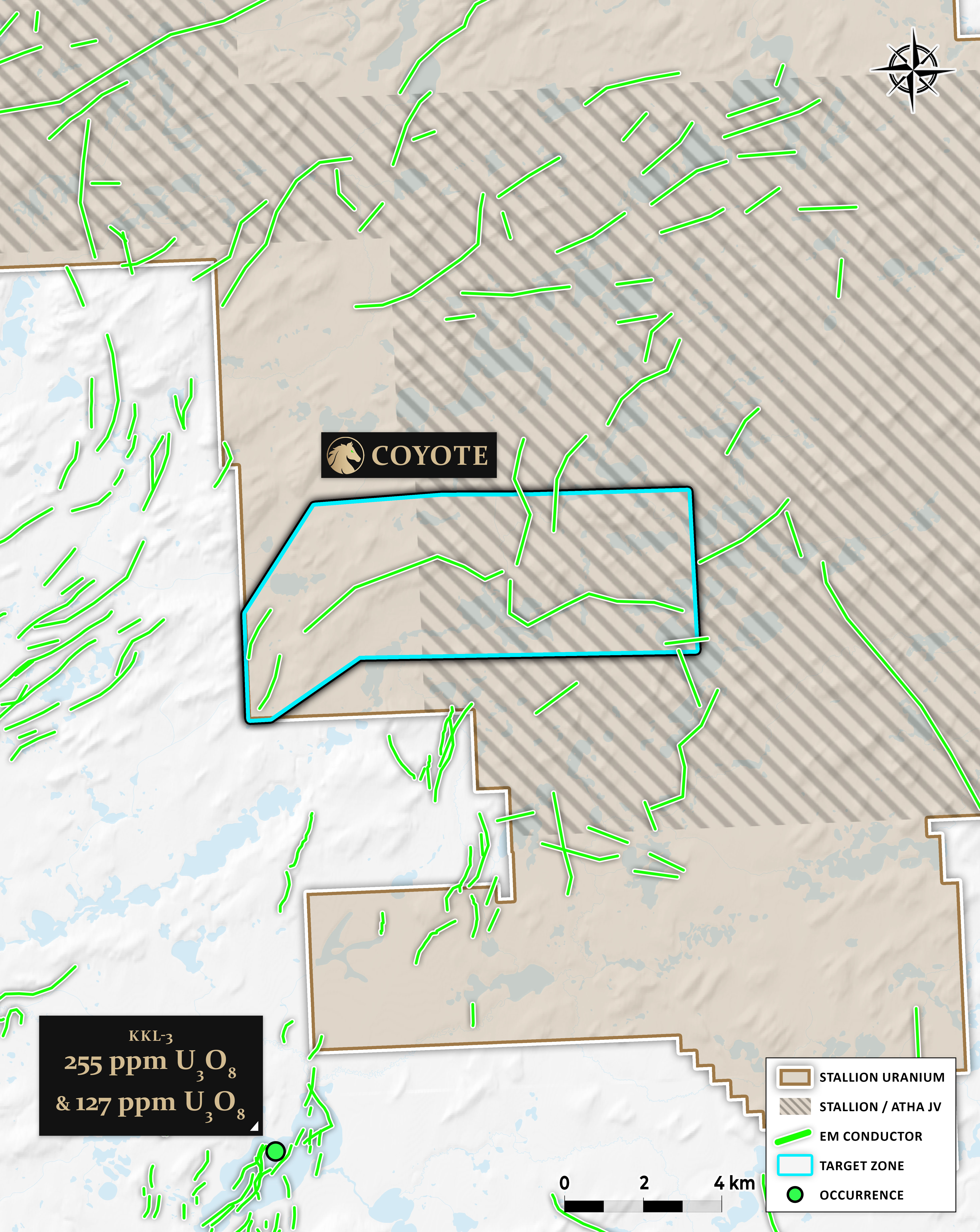
Figure 3 - Coyote Target
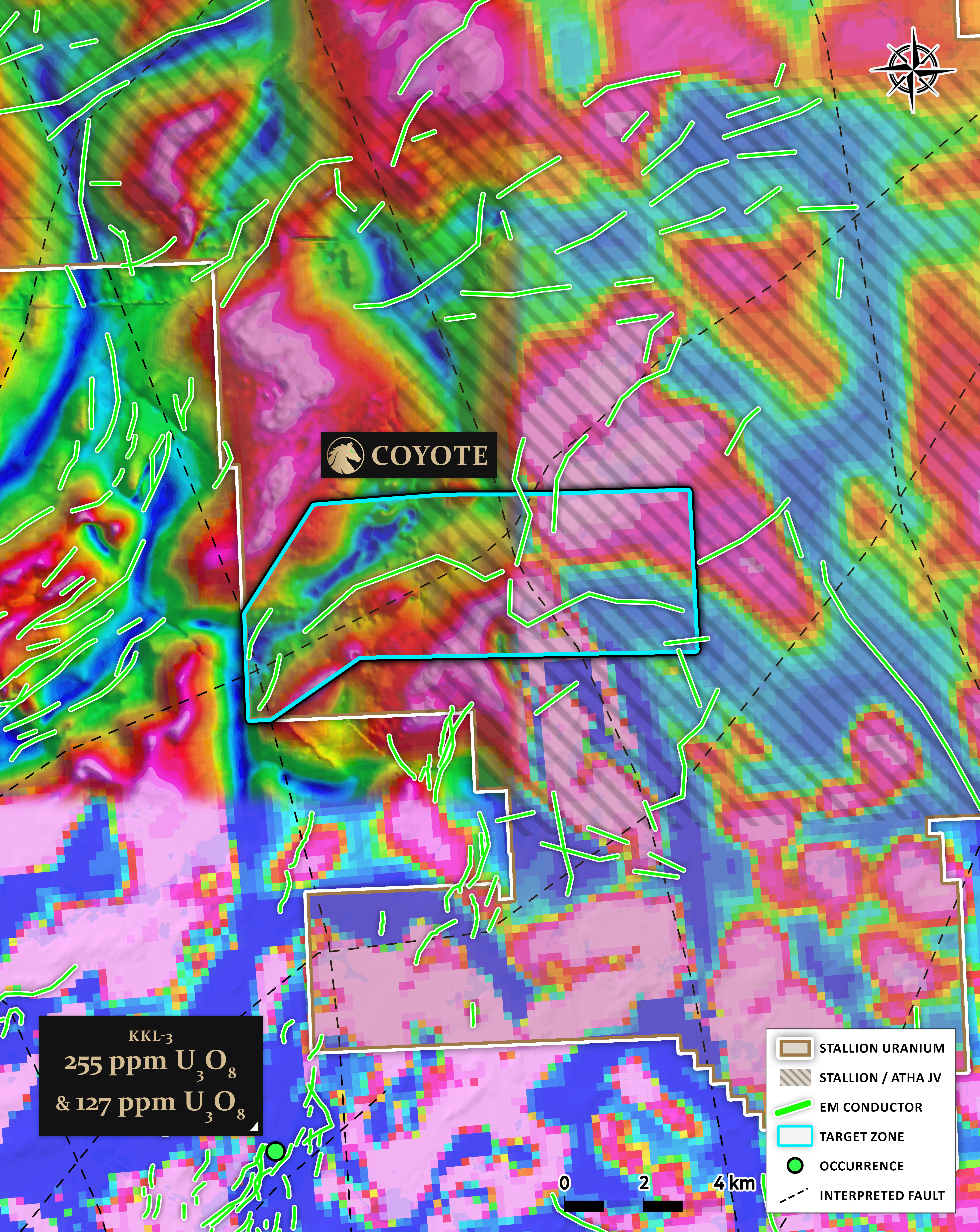
Figure 4 - Coyote Target - Magentic Tilt Derivative over First Vertical Derivative
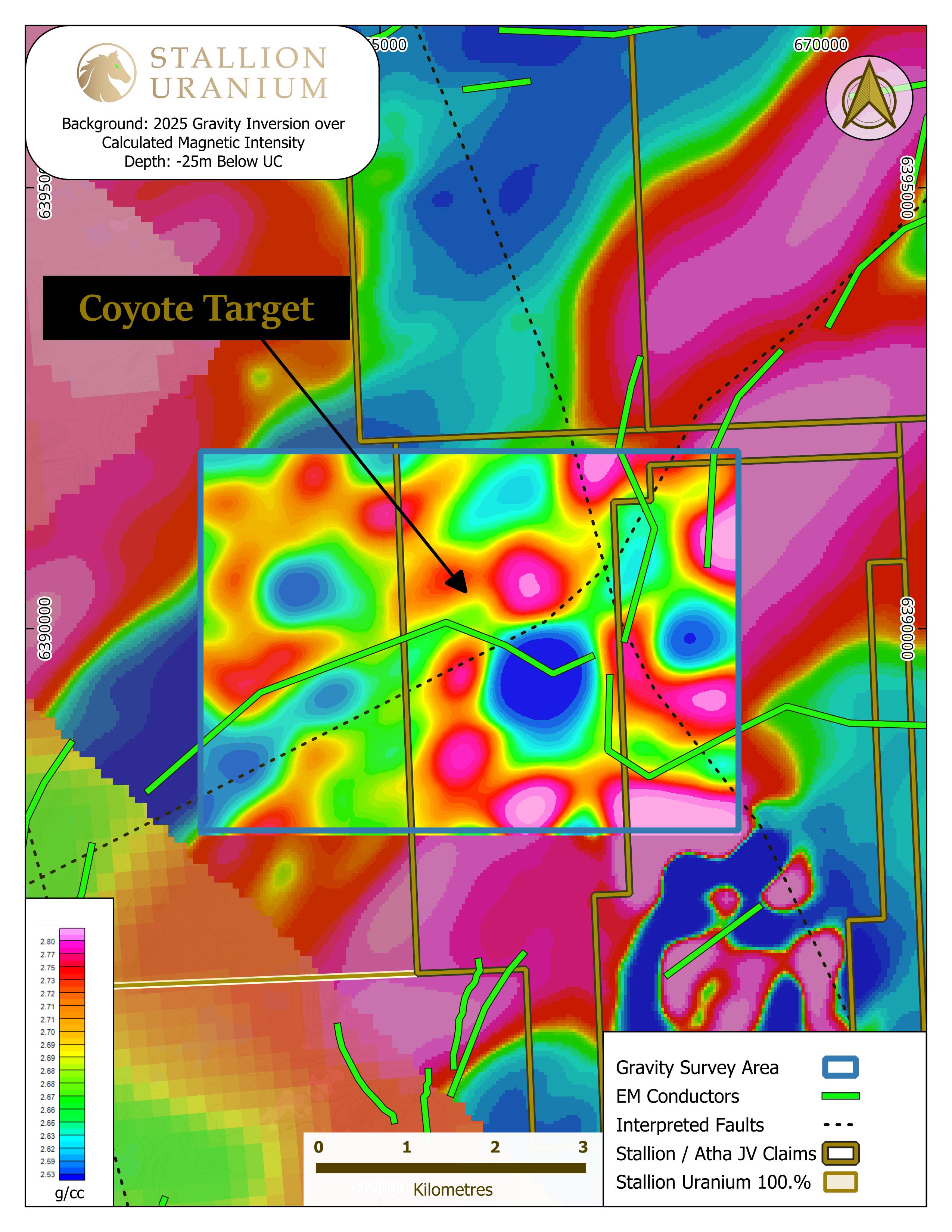
Figure 5 - CoyoteTarget - Results from Ground Gravity Inversion (25m below the unconformity) over Calculated Magnetic Intensity
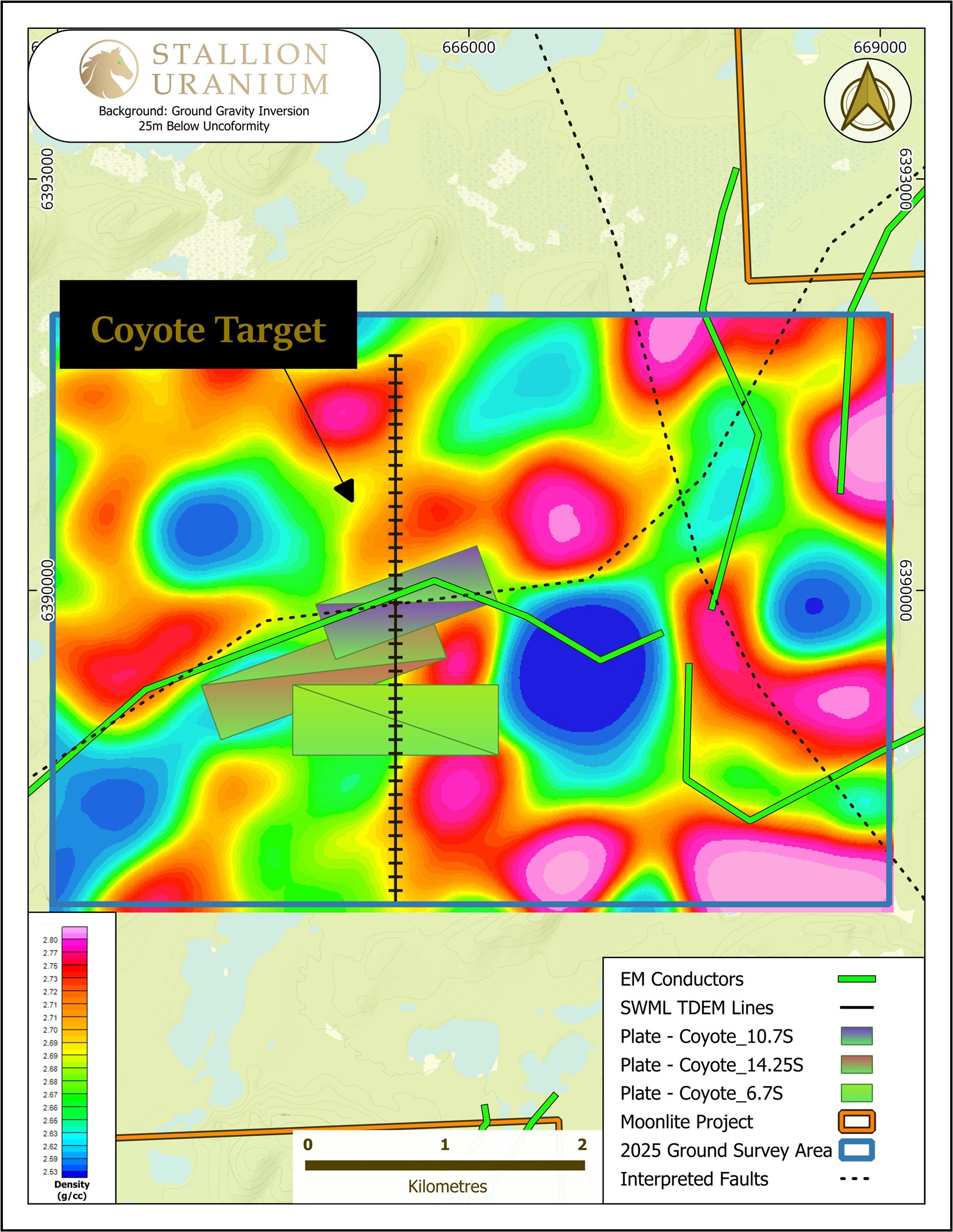
Figure 6 - CoyoteTarget - Results of SWML Plate Modeling over Ground Gravity Survey Inversion 25 m below Unconformity
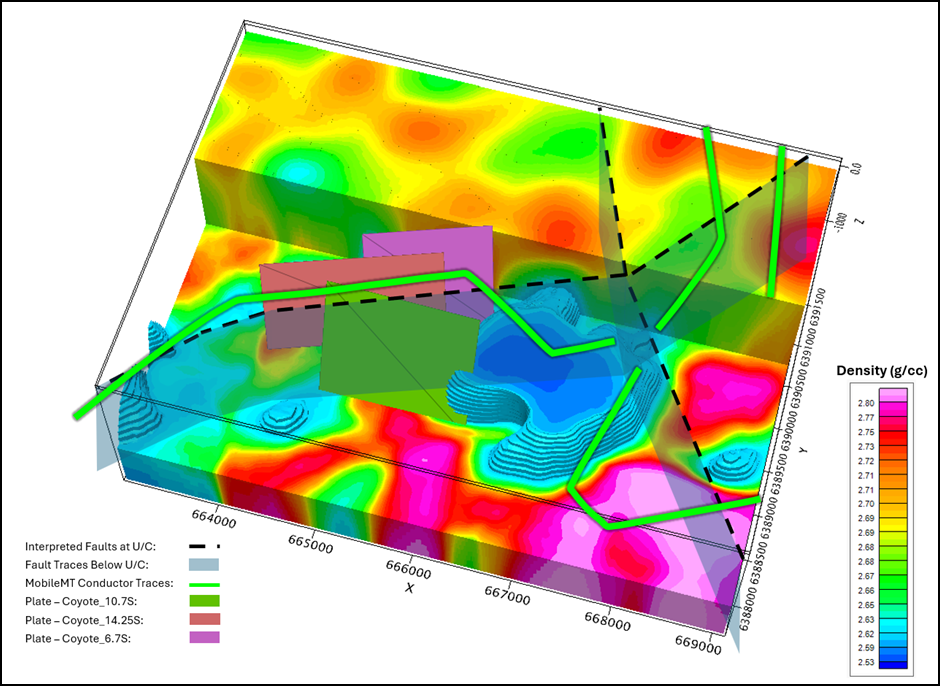
Figure 7 - CoyoteTarget - 3D image of SWML Plate over 3D Gravity Conductors interpreted from previous MobileMT Survey
Lynx Target
The Lynx Target is defined by a 13-kilometer-long conductive trend identified by the MobileMT survey. This conductor is hosted within a broad magnetic and gravity low, suggesting the presence of the right lithological conditions and alteration system for uranium mineralization. The target displays complex geophysical signatures, indicative of a structurally favorable trap. Despite its compelling attributes, the Lynx Target remains entirely undrilled and is located adjacent to Orano’s Uchrich Project, positioning it within an active exploration corridor.
R7 Target
The R7 Target lies within a 15-kilometer-long structural corridor along the southern contact of the Patterson Lake Shear Zone. It hosts some of the strongest MobileMT conductive anomalies identified. The target is situated on the southern edge of a prominent gravity low and is adjacent to active drilling programs by NexGen Energy. With major operators like Cameco and NexGen actively exploring nearby, the R7 Corridor is a strategic location with world-class potential.
Fox Target
The Fox Target is located within the highly prospective Morrow Conductive Trend, extending from NexGen’s SW2 Project, through Stallion’s claims, and into Orano’s Uhrich Project. Identified via VTEM™ Plus, Fox is a structurally complex, conductive zone within a corridor already attracting attention from top-tier explorers. Its direct connection to high-priority regional trends positions it as one of the most compelling exploration opportunities within the project. The Fox Target is located within the highly prospective Morrow Conductive Trend, extending from NexGen’s SW2 Project, through Stallion’s claims, and into Orano’s Uhrich Project. Identified via VTEM™ Plus, Fox is a structurally complex, conductive zone within a corridor already attracting attention from top-tier explorers. Its direct connection to high-priority regional trends positions it as one of the most compelling exploration opportunities within the project.
Stone Island Target
The Stone Island Target offers a unique opportunity due to its very shallow Athabasca Sandstone cover and minimal historical exploration. As a largely untested area with favorable conditions for uranium mineralization, it represents a promising opportunity for Stallion to advance a potential Tier 1 target toward drilling.
Exploration Roadmap
Stallion Uranium is executing a data-driven exploration strategy that integrates VTEM™ Plus and MobileMT geophysics, ground-based gravity surveys, and detailed inversion modeling. The company is focused on isolating Tier 1 uranium targets with the greatest potential for near-term discovery. With advanced analysis and modeling complete, the company is now progressing several key targets toward drill testing in 2025.
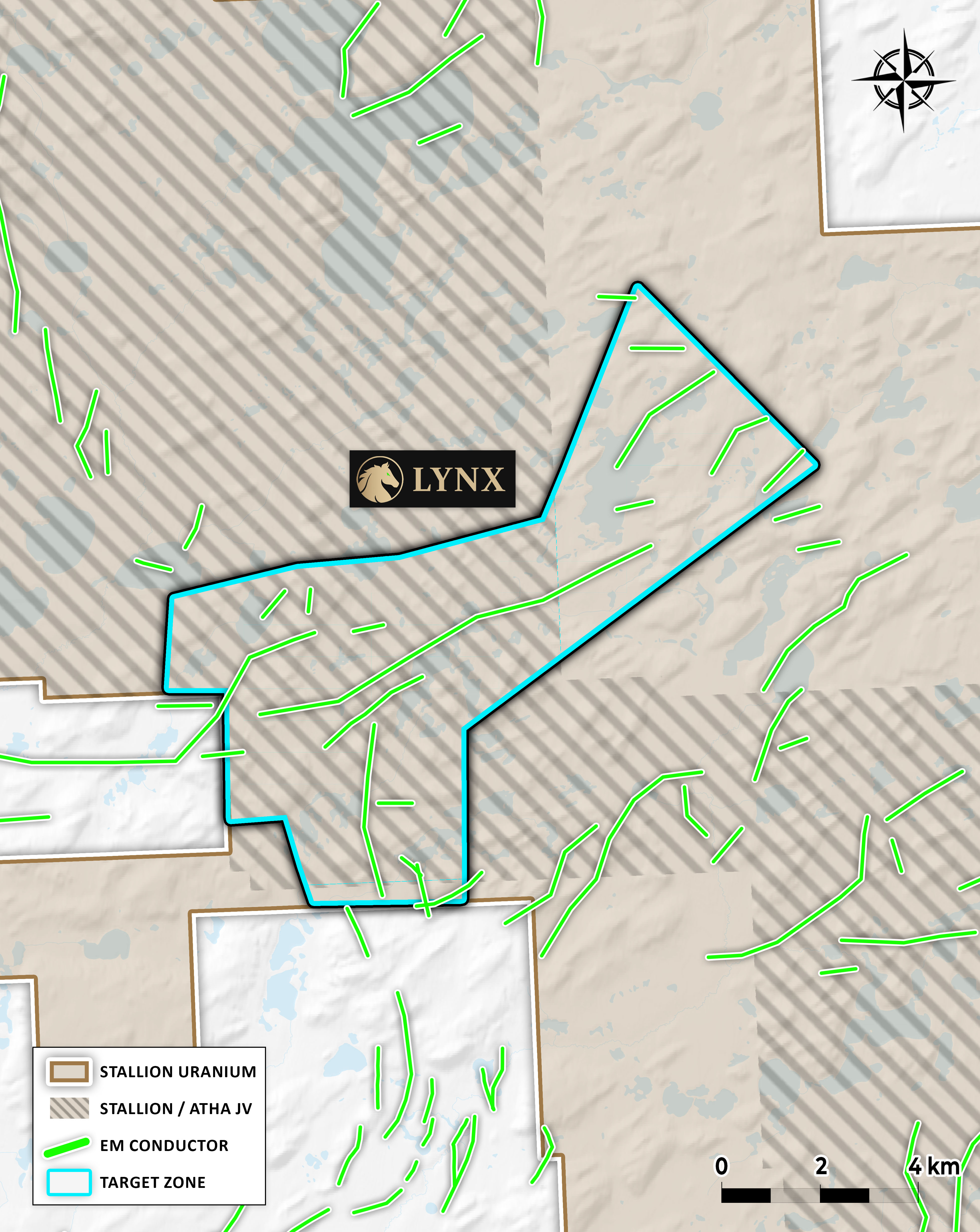
Figure 8 - Lynx Target
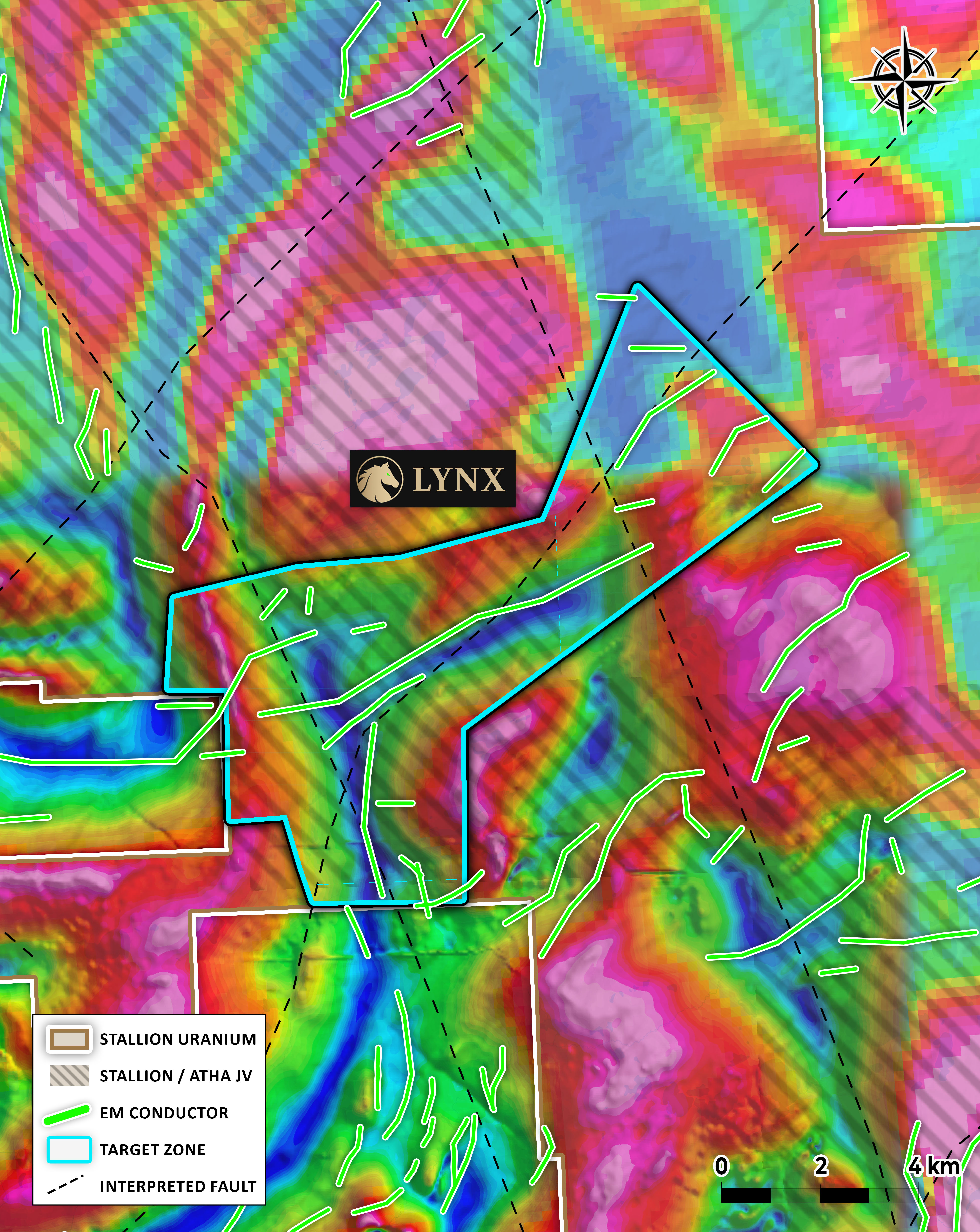
Figure 7 - Lynx Target - Magentic Tilt Derivative over First Vertical Derivative

